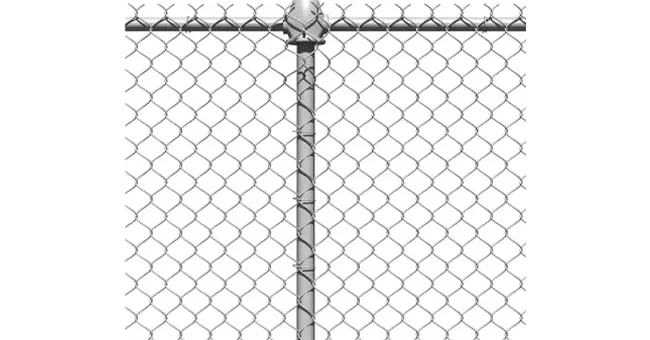-
 Phone:
Phone: -
 Email:
Email:

chain link fence cost
Understanding Chain Link Fence Costs A Comprehensive Guide
When planning a fencing project, one of the first considerations is the cost. Chain link fences are a popular choice for both residential and commercial properties due to their durability, affordability, and low maintenance requirements. This article aims to break down the various factors that influence the cost of chain link fences, helping you make an informed decision for your fencing needs.
Factors Influencing Chain Link Fence Costs
1. Material Type The primary material used in chain link fences is galvanized steel, which is coated to resist rust and corrosion. The cost may vary depending on the thickness of the wire, the height of the fence, and whether it is coated in additional layers (like vinyl) for added protection. A typical chain link fence can range from $5 to $20 per linear foot, depending on the quality of the materials used.
2. Height and Configuration Standard heights for chain link fences range from 3 feet to 12 feet. Taller fences use more material, thus increasing the total cost. Additionally, if your fence requires intricate configurations, such as curved sections or gates, this can also contribute to higher costs.
3. Gate Options If your chain link fence includes gates, this will add to the overall cost. The type of gate you choose—single, double, swing, or sliding—will affect the final price. Gates typically cost between $100 and $400, depending on their size and features.
chain link fence cost

4. Labor Costs Installation costs can vary widely based on your geographical location and the complexity of the project. Professionally installed chain link fences can range from $10 to $30 per linear foot, which typically includes labor, materials, and any necessary permits. If you're considering a DIY project, you will save on labor costs but should still account for tools and equipment rental.
5. Site Preparation The condition of the land where the fence will be installed plays a significant role in overall costs. If your site requires extensive clearing, grading, or landscaping, these additional tasks will increase labor time and expenses. Existing vegetation and topography, such as hills or uneven ground, can complicate installation.
6. Extras and Accessories Various add-ons can enhance the functionality and appearance of your chain link fence. Privacy slats, for example, can be added to create more seclusion, but this will increase both materials and labor costs. Similarly, choosing to install a barbed wire top for security purposes can also alter the price.
7. Seasonal Factors The time of year can impact the availability of contractors and materials, which in turn can affect pricing. During peak seasons, you may find that costs rise due to high demand. Conversely, winter months may offer more competitive pricing but could complicate installation due to weather conditions.
Conclusion
In summary, the cost of a chain link fence depends on various factors, including the materials used, the height and configuration of the fence, gate options, and installation specifics. By carefully considering these elements and planning accordingly, you can ensure that your fencing project remains within budget while meeting your needs for durability, security, and aesthetics. Whether you choose to DIY or hire a professional, understanding the nuances of chain link fence costs will help you achieve a successful outcome. With the right information, you can enhance your property effectively and affordably with a durable chain link fence that will stand the test of time.
-
Wire Mesh for Every Need: A Practical SolutionNewsJul.25,2025
-
Steel Fences: Durable, Secure, and Stylish OptionsNewsJul.25,2025
-
Roll Top Fencing: A Smart Solution for Safety and SecurityNewsJul.25,2025
-
Cattle Farm Fencing Solutions for Maximum SecurityNewsJul.25,2025
-
Affordable Iron Binding Wire SolutionsNewsJul.25,2025
-
Affordable Galvanized Wire SolutionsNewsJul.25,2025
-
Wire Hanger Recycling IdeasNewsJul.25,2025








